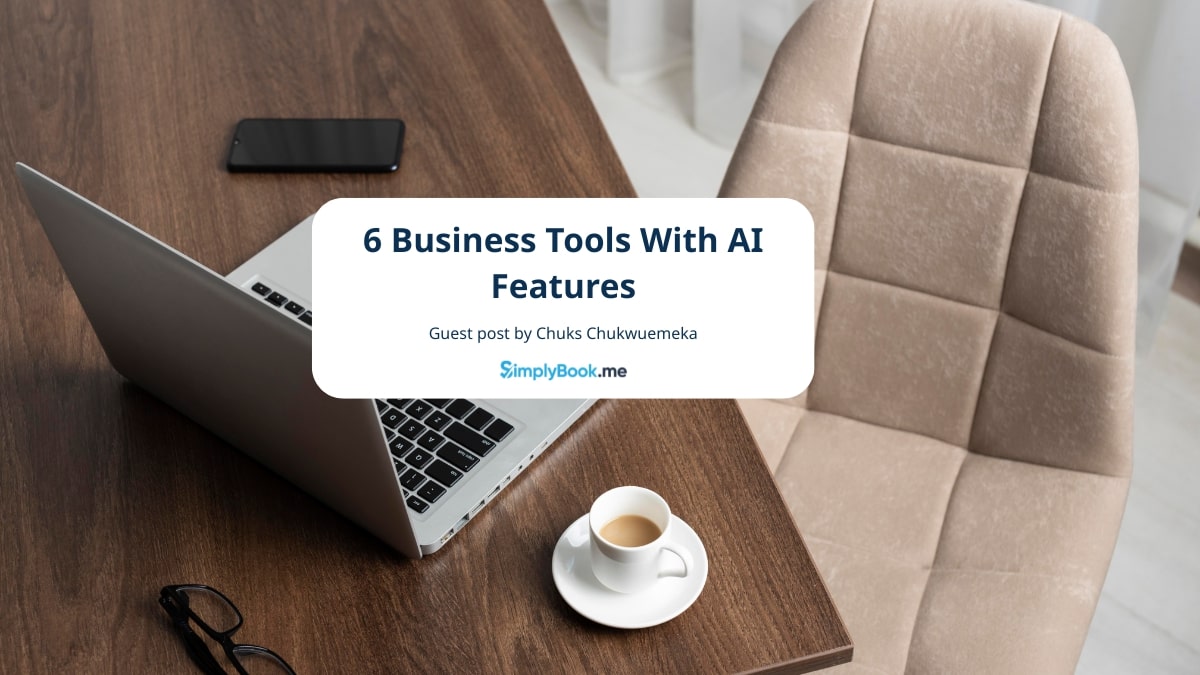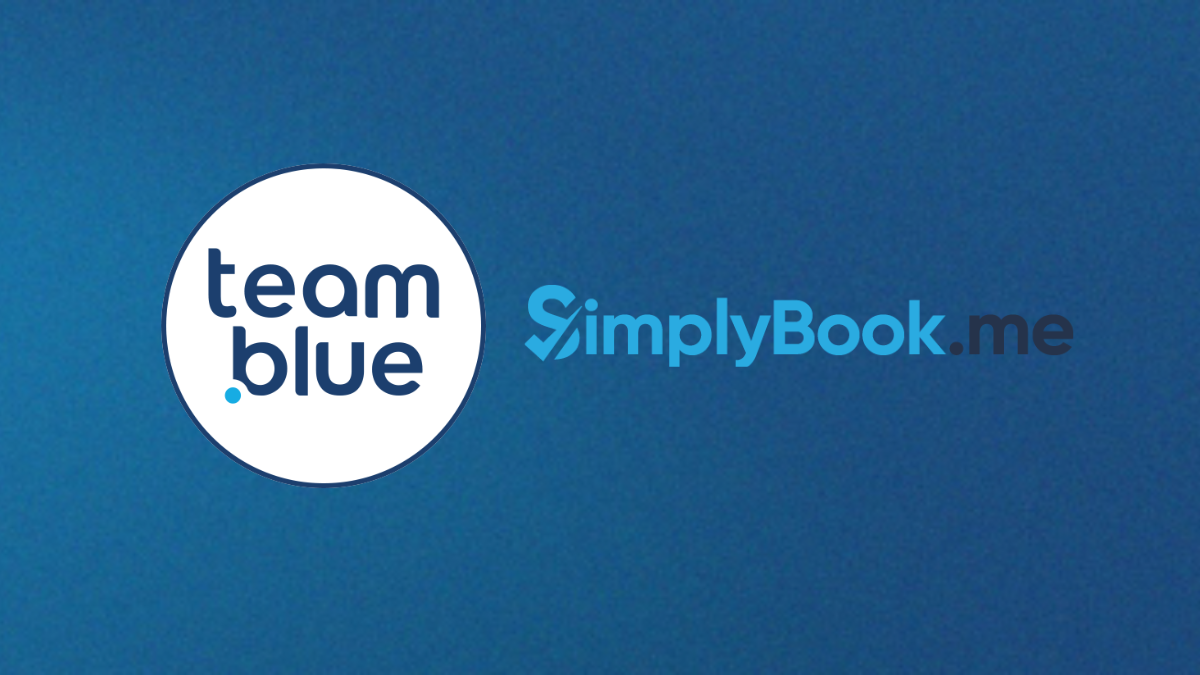Confirmation Emails – Everything You Need to Know

This post is also available in:
![]()
![]()
![]()
![]()
Email has become an essential marketing tool and is particularly effective in lead conversion. However, we often overlook the importance of confirmation emails in email marketing campaigns. Confirmation emails, however, are just as important as any other email in your campaign.
In this article, we’ll answer the question “what is a confirmation email?,” look at the different types, and outline best practices for using confirmation emails.
Let’s dive in!
What Is a Confirmation Email?
Confirmation emails or email confirmations are transactional emails triggered by specific customer actions like booking slots, subscribing to an email list, or placing an order. They’re an excellent way to help customers verify the success of what they intended to achieve. Confirmation emails also help keep customers in the loop throughout their customer journey. –
In other words, confirmation emails give customers peace of mind. Upon receiving a confirmation email, customers know that the company has acknowledged their action. This is particularly important in eCommerce email marketing. When customers buy online, they part with their money without physically touching the product or service they availed of. The confirmation email gives the buyer added assurance they will gain access to what they purchased.
Confirmation emails also allow businesses to provide customers with important information or instructions that guide them toward the next steps. For example, after booking tickets for an event, the customer’s confirmation email may include instructions to print and take a physical copy to the event location.
Types of Confirmation Emails
Although all confirmation emails confirm an action, there are different types of confirmation emails according to the nature of the transaction. They are:
Booking Confirmation Email
This type of email is used to verify an online booking. Booking confirmations are mainly used by hotels, airlines, event ticket companies, and restaurants. After a customer books a hotel room, a flight, or a table at a restaurant, they receive an email confirming all the relevant reservation details, as shown below. This allows customers to check the details and make sure everything is correct.
There may also be additional information in the email to guide customers to the next steps of their customer journey. In all businesses, data such as a Toll-free number, terms and conditions, and refund policies are common in confirmation emails.
As shown in the screenshot below, a restaurant booking confirmation email may include conditions and instructions for canceling a booking, should customers need to do so.
For event tickets, the confirmation email may include details about the venue, tips for traveling to the event, parking details, etc. Hotel reservations and flight booking confirmation emails usually include similar information and a travel guide for the area the customer is visiting.
Order Confirmation Email
An order confirmation email, also known as a purchase confirmation email, is mainly used by businesses that sell physical products to confirm an online purchase. Also, order confirmation emails should include delivery details and instructions for canceling or returning an order, as shown below.
Ensure that your confirmation emails are sent immediately to assure customers of a successful transaction. Also, your subject line should be simple and to the point. For instance, you can say “Thank you for your order” or “Order received” and include your brand name.
Registration Confirmation Email
Also known as welcome emails, registration confirmation emails are sent to users after they complete a registration process on your website.
So, what is a confirmation email like this used for?
Registration confirmation emails are used for platforms where customers have to create a personal account or, like the example below, clubs that charge membership fees for registration.
As shown above, your registration emails should contain basic details such as registration ID, submission date, status, etc. You should also include links to where customers can find further information or log in to their accounts.
Subscription Confirmation Email
Also referred to as newsletter confirmation emails, subscription confirmation emails are sent to users after they sign up for a mailing list. Subscription confirmations are similar to registration confirmations as they also act as welcome emails.
As shown below, subscription confirmation emails give users an outline of what they can expect from the newsletter.
This is probably the most interactive type of confirmation email. That’s because you need to entice the customer and hold their interest in the newsletter. It is less transactional than the other types.
Best Practices for Confirmation Emails
Now that you know the types, you need to know the tips you should follow for your confirmation emails. Here are those tips:
Keep Email Short
Confirmation emails are transactional emails, so don’t go overboard with extra information. Keep your confirmation email subject lines concise. Then at the top of the email, include the most important details. For example, an order confirmation should consist of item details, total cost, and expected delivery date, as shown below.
If clients or customers need additional information, such as guidance for the next steps, you should ensure it is concise and to the point with clear and easy-to-follow instructions. Similarly, promotional content should be relevant to the recipient. A long email already puts users off, but irrelevant promotional content would only make things worse.
Make Email Visually Appealing
The layout of your confirmation emails should also be visually appealing, so they catch the recipient’s attention. There are templates available with different email designs to help you with the layout.
You can also use images to make your confirmation emails more visually appealing. Like the example below, a booking confirmation for a hotel could include a picture of the room the customer will be staying in or the view they will have.
Or, if you’re confirming a product purchase, you could show the recipient an image of the product they purchased.
Just remember to use only the visuals that complement your text. If you include too many images, you might turn your recipient off. It can also affect your loading speed. We’ll talk about this later.
Add Powerful CTA
Although you shouldn’t overdo it, confirmation emails provide an opportunity to generate leads and drive traffic to your website. They can do this through powerful calls to action.
CTAs, however, should be relevant to the consumer experience. Check out the “Track Parcel” CTA below. You would only use this in an email that confirms a product purchase.
If a clothing retailer sends an order confirmation email, they might want to include a “You Might Like This Too” CTA button to show customers some products that would pair well with what they’ve bought.
Whatever CTA you use, it should stand out from your email. Notice in the example above that the CTA is the first thing you see. The CTA button is black, and that color stands out from the email’s light gray background.
Optimize for Mobile Devices
Mobile friendliness is critical in all aspects of marketing. That’s why it’s always mentioned in any guide to recruitment marketing, social media marketing, email marketing, and any other guide you can think of.
Consumers use mobile devices to purchase online, check their email inboxes and join email newsletters. So, optimizing your confirmation emails for mobile devices is essential. Customers are less likely to read any email if it’s slow to load or difficult to read on their mobile device,
To ensure mobile friendliness, use an email template compatible with mobile devices. You could even send a test email to confirm the layout works on your mobile device.
Also, too many images can lead to slow loading speed, especially on mobile phones. So, don’t go overboard with pictures in your emails. Compress image file sizes to avoid loading issues.
In Closing
What is a confirmation email? A confirmation email is an important aspect of email marketing. You can use them for more than just confirming orders and bookings or welcoming members. When utilized properly, confirmation emails help guide customers through marketing and sales funnels.
For the best results, keep your confirmation emails short. Get your message across with concise phrasing. It is also vital to optimize for mobile devices as consumers often check their emails on their phones.
You should also use images to make your emails visually appealing. Finally, you should include calls to action to drive traffic to your website.
Follow these tips, and you’ll soon be a confirmation email master!
Guest Author Bio – Michal Leszczyński
Michal is immersed in developing, implementing, and coordinating all manner of content marketing projects as the Head of Content & Partnerships at GetResponse. He has 10-plus years of expertise in online marketing with a Master of Science Degree in Strategic Marketing and Consulting from the University of Birmingham (UK). Michal is the author of more than 100 articles, ebooks, and courses for both GetResponse and renowned websites like Crazy Egg and Social Media Today.



Comments
0 commentsNo comments yet